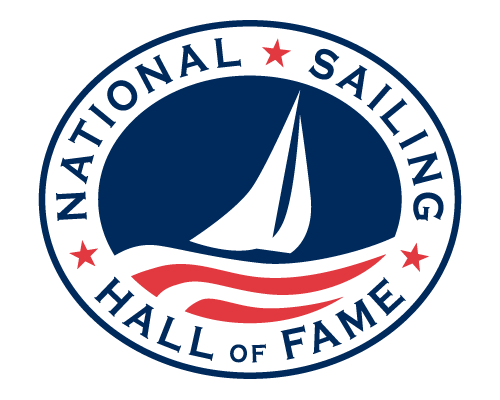
Donald McKay
September 4, 1810 - September 20, 1880
Jordan Falls, Nova Scotia, Canada
McKay was a master at romanticizing his products for their speed.
For a brief time in history the clipper ships were the fastest sailing vessels on the seas. Master ship designer and builder, Donald McKay, was at the forefront of the clipper ship era establishing speed records that have stood for well over 100 years. McKay emigrated from Canada to the United States at the age of 16 in 1826 to apprentice with Isaac Webb, the father of William Webb (2018 Inductee). After a few short-lived partnerships, McKay founded his own shipyard in East Boston and produced an astounding number of radically designed vessels. The clipper ships were noted for their incredible speed. McKay was versatile and he customized different designs for the specific mission of the vessel he was commissioned to build. For example, his fishing vessels featured flat bottom hulls while deep-sea vessels were narrow for the anticipated steep offshore waves. Donald McKay was considered a genius. The clipper ship design featured a narrow vessel with a concave bow that rode over the waves and did not plow through them. McKay’s ships always carried a generous sail plan to give the boat power. The cargo capacity of the clippers was limited, but the speed made the vessels economically viable. The California Gold Rush and the China trade intensified the quest for speed and McKay delivered with his innovative ships. The names of his vessels generated good press. The most famous of the clippers was Flying Cloud. Other iconic names included: Star of Empire, Sovereign of the Seas, Chariot of Fame, Lightning, Glory of the Seas, and North Star. A few ships had curious names like, Santa Claus and Stag Hound. In 1875 McKay was commissioned to rebuild the famous schooner America that won the trophy that became known as the America’s Cup. The speed records of McKay’s clippers were impressive. “Flying Cloudwas able to sail from New York to San Francisco in a record 89 days. Lightning sailed 436 miles in 24 hours. Newspaper accounts at the time referred to McKay’s ships as “extreme clippers.” The combination of a sharp drop in freight rates, the Civil War and the development of steam power ended the clipper ship era shockingly fast. The steam-powered ships were slower but the steel hulls proved to more reliable. McKay retired to a small farm in Hamilton, Massachusetts and died in 1880 at the age of 70. — Gary Jobson
Preserving America’s Sailing Legacy
Engaging Sailing’s Next Generation
Stay Connected to the National Sailing Hall of Fame
